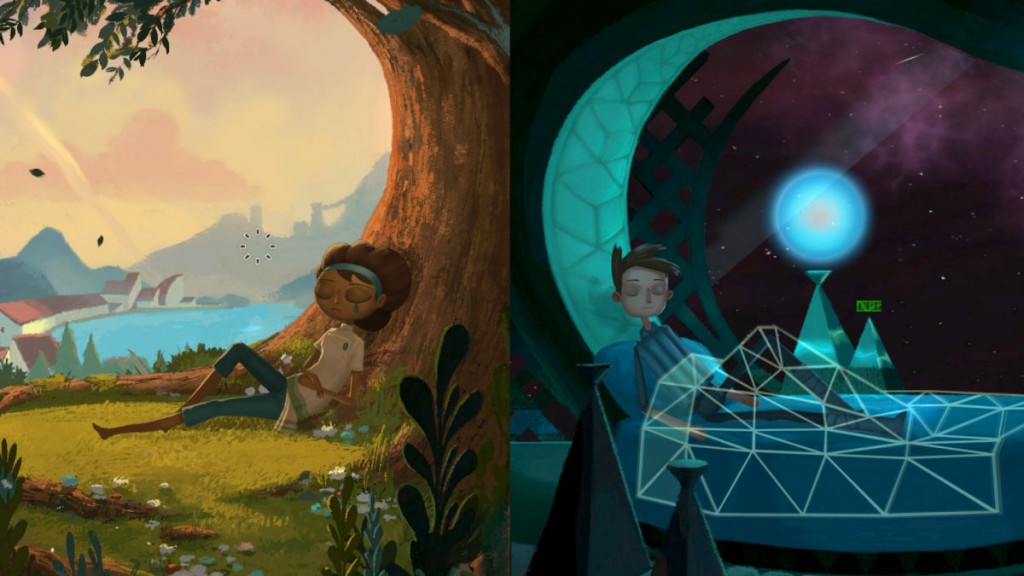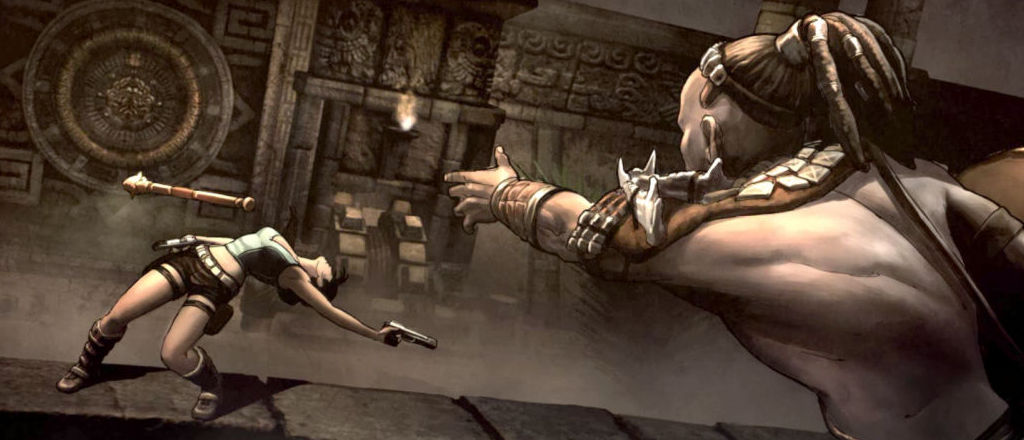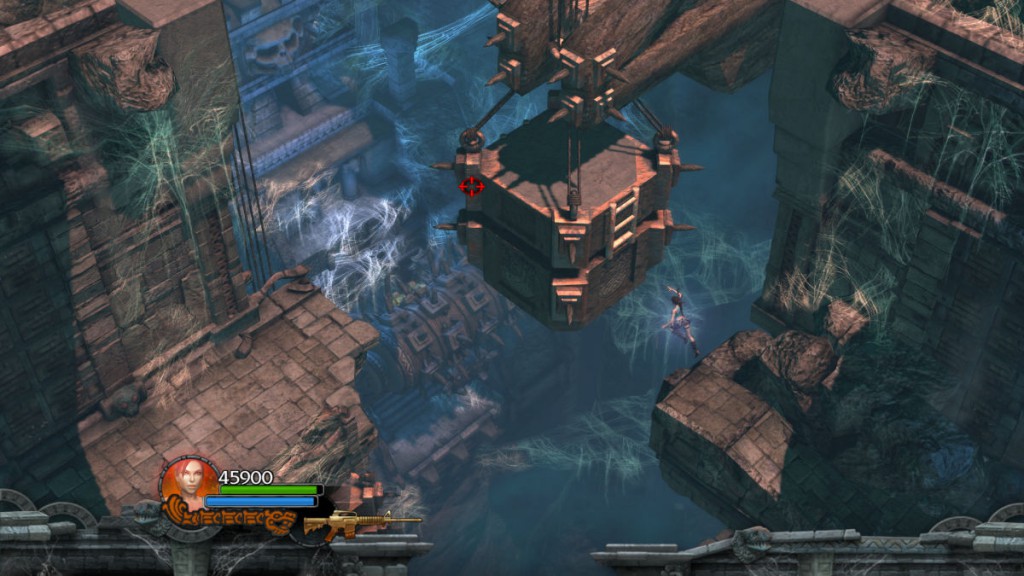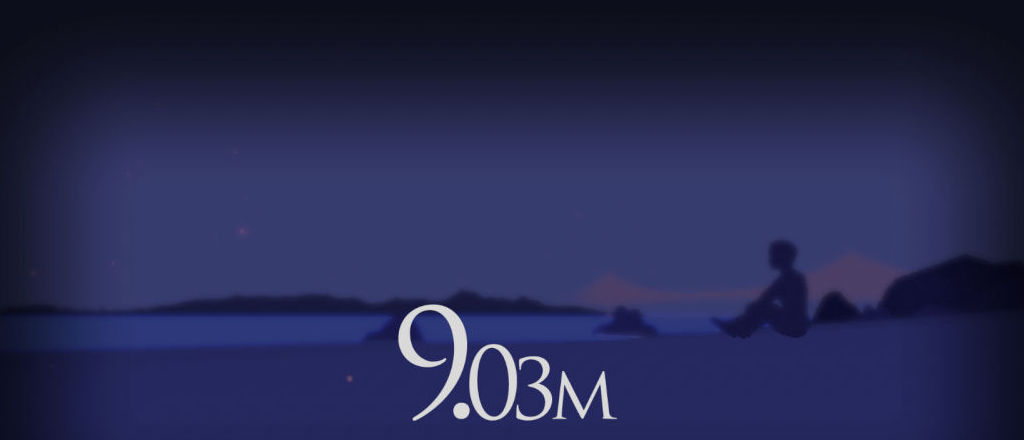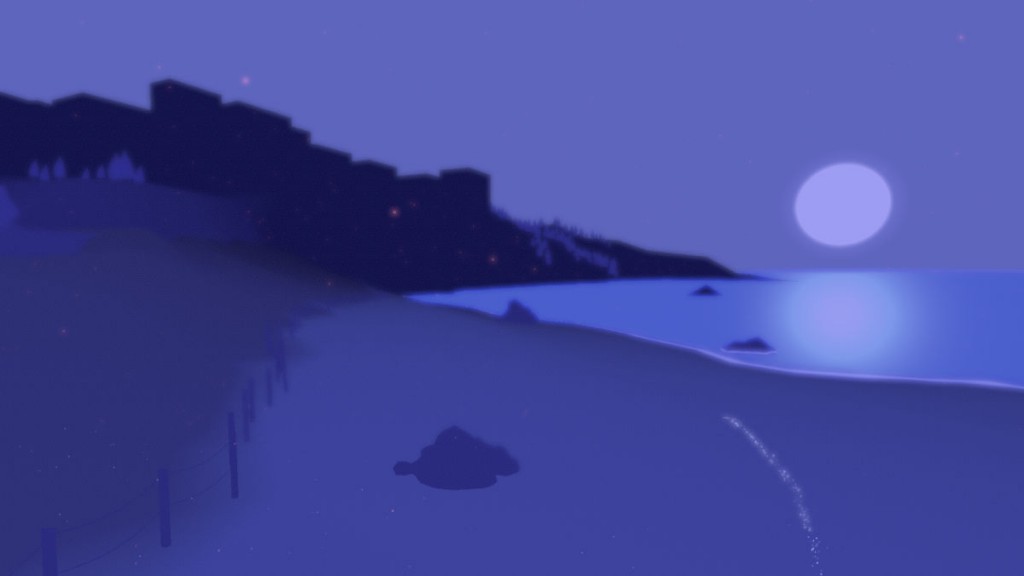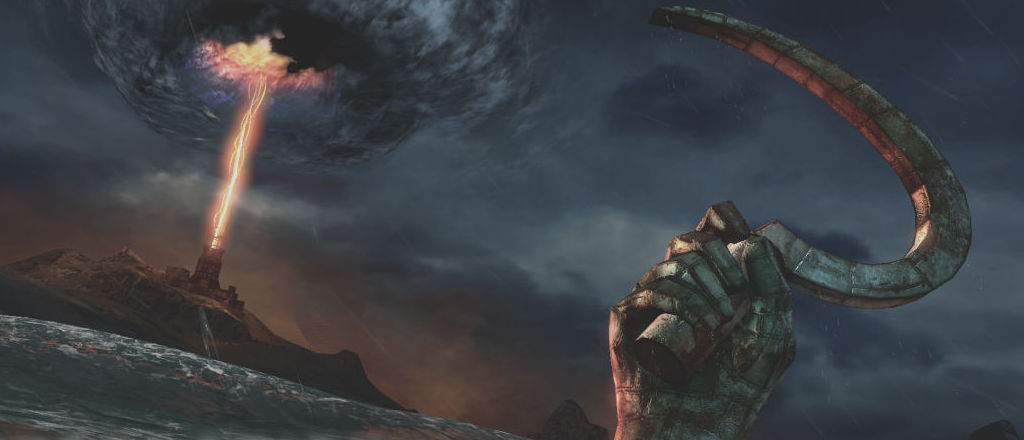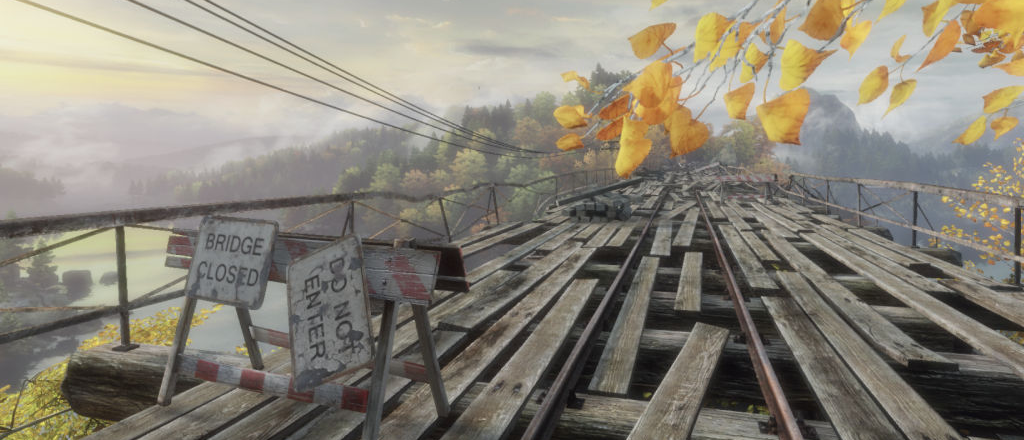Developer: Double Fine Productions | Released: 2014 | Genre: Adventure, Point & Click
I’m tweaking the format once again. Although I’ll keep it organized it in the same way as the last time, I’ll refrain from using headers to split up the review. I’ll also try to keep the smaller paragraphs in the minutia list only.
Here’s an adventure game that really succeeded in warming up and grabbing me in spite of a lackluster first impression. At first I thought it felt too much like a kids game. Bright colors, toys everywhere and a childish dialog. But as the first few hours passed by, not only did it manage to come up with a lot of great dialog, it also had that type of equivocal quality that Pixar animation movies also have – something of value for both kids and adults alike. The adventure game atmosphere became very solid across part 1 and 2, and the art style and animation was truly unique. In my mind there was no doubt about it – when compared to Broken Sword 5 or the Deponia trilogy, this was clearly the superior game. I didn’t even think I had it in me to like an adventure game this much anymore. I thought I had become irrevocably jaded.
As you can see in the screenshots, the art style truly was quite unique. It was also supported by a lot of excellent animations. Eyes blinking and gazing just like in Pixar movies (I love that stuff) and lots of extra details, such as only catching hold of a thing after fumbling around, almost dropping it. One thing I thought they overdid was the head scratching animation when choosing a dialog tree question.
The engine scrolled with detailed parallax and also zoomed very frequently, sometimes excessively when entering a new scene. The music was fully symphonic and of equally high quality. Orchestral music. Voices were delivered by a lot of top actors such as e.g. Elijah Wood, Jack Black, Wil Wheaton and Jennifer Hale. All in all, the presentation was top notch. If I had to put my finger on one thing, it would be the zoom level of characters in cutscenes. It was close up, as if it wanted to cater for the tablet people. On my big widescreen PC monitor, this was a bit much.




